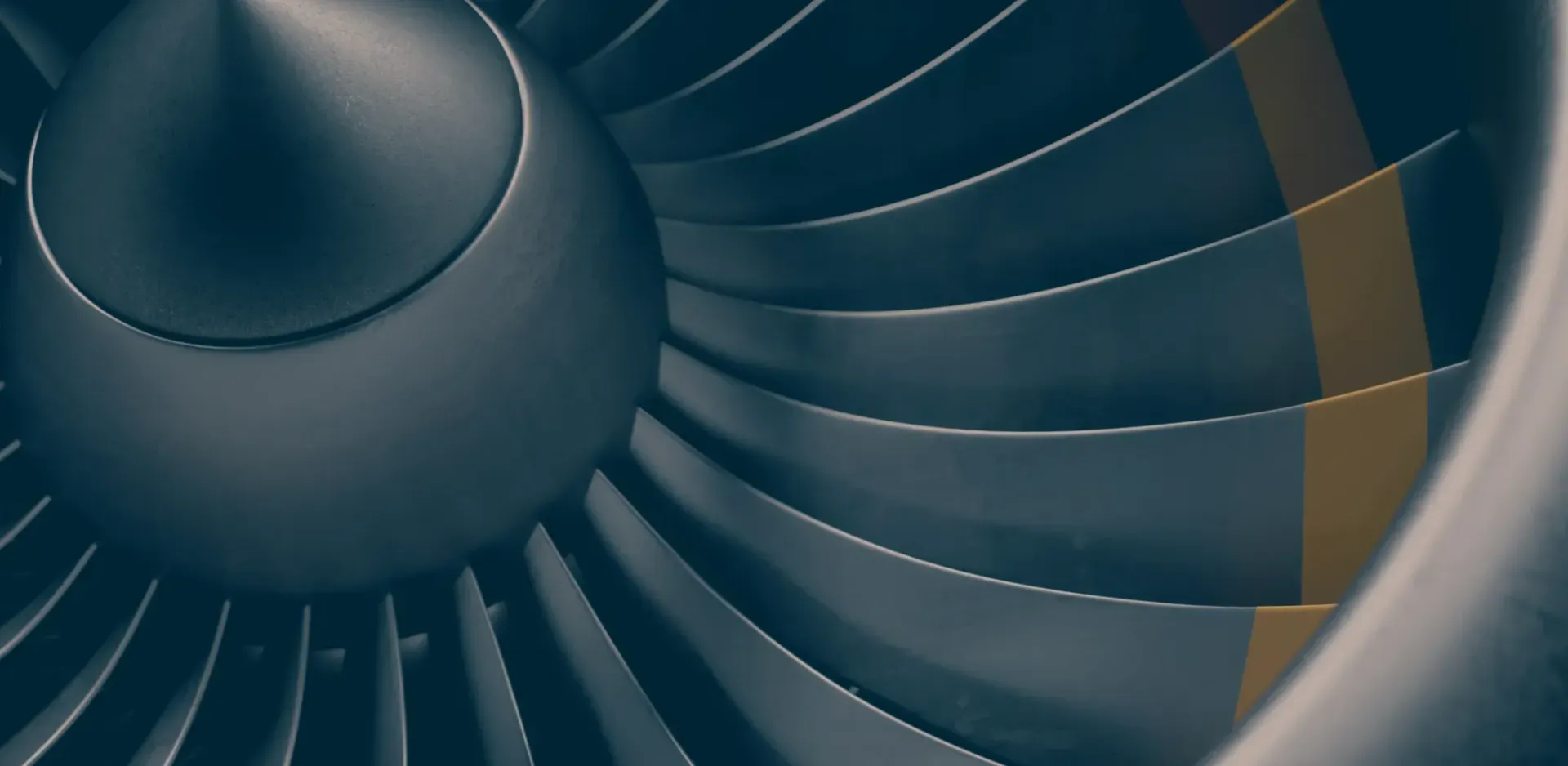ULTIMA FORMA
FAC FEATURED MEMBER

In the highly demanding world of advanced engineering, where progress is measured by the ability to create materials that are lighter, stronger, and more resilient, one UK company is quietly redefining the limits of manufacturing. Ultima Forma Ltd, a specialist firm operating at the cutting edge of material science, is leveraging a unique electroforming process to build complex metal components atom by atom. This month, we're spotlighting this pioneering company to explore its innovative history, its crucial role in today's most advanced industries, and its future plans to help engineer a more sustainable world.
Our History: Forged in Innovation
Ultima Forma was founded with a clear mission: to leverage a proprietary electroforming process to create complex, high-performance metal components. Based in the UK, the company has established itself as a leader in developing breakthrough platform technologies.
Unlike traditional manufacturing methods like casting or machining, which often involve cutting away material or being limited by mould shapes, Ultima Forma's process allows for the creation of lightweight, high-strength parts with incredible precision, literally building them at an atomic level. This unique approach has positioned the company as a key partner for sectors where failure is not an option.
The Present: Products & Services for Extreme Environments
Today, Ultima Forma operates at the cutting edge of advanced engineering. Its core business is providing solutions for sectors that are pivotal to our future: Aerospace, Space, Defence, Energy, and Transport.
The company's proprietary electrodeposition technology allows it to create "net-shape" components—parts that are made in their final or near-final shape, reducing waste and complex assembly.
Key applications of their technology include:
- Waveguides: Complex components essential for guiding radar and communication signals in satellites and aerospace systems.
- Functional Coatings: Ultra-thin, durable metal layers that can protect materials from extreme temperatures, radiation, or corrosion.
- Thermal Management: Highly efficient heat exchangers and cooling systems crucial for electronics, high-performance vehicles, and energy production.
- Hydrogen Solutions: Creating robust, lightweight components for the safe storage and transport of hydrogen, a key fuel for a net-zero future.
One of its current flagship projects, REFORMM, in partnership with Innovate UK Business Connect, focuses on upgrading lightweight carbon fibre reinforced polymer (CFRP) products. By adding an integral metal-matrix composite surface, Ultima Forma is enabling these lightweight materials to withstand the extreme erosion and high temperatures (targeting up to 500°C) found in aerospace and defence applications.
The Future: Decarbonising Industry, One Atom at a Time
Looking ahead, Ultima Forma’s vision is firmly set on tackling some of the world's biggest challenges. The company is dedicated to developing technology that will help industries decarbonise their operations.
This includes:
- Lighter, Stronger Parts: Lighter components in aerospace and transport mean less fuel burn and lower emissions.
- Enabling Net-Zero Tech: Its work in the hydrogen and energy sectors is vital for developing the infrastructure needed for a green transition.
- Material Efficiency: Its additive process is inherently less wasteful than traditional subtractive manufacturing, contributing to a more circular and sustainable economy.
By continuing to innovate in material science, Ultima Forma is not just manufacturing parts; it's engineering the building blocks for a more sustainable and technologically advanced future.

Project REFORMM
Ultima Forma's participation in the REFORMM (Resource Efficiency for Materials and Manufacturing) programme, funded by Innovate UK, centred on a feasibility study named ECPS (Electroformed composite protection system). This study has since evolved into a high-profile demonstrator project known as LEEF (Leading Edge Electro Forms), which is being developed in close partnership with Polar Technology.
The project's core mission is to solve a critical challenge in modern engineering: how to use lightweight composite materials in extreme environments where they would normally fail.
The Core Problem: The Weakness of Lightweight Composites
Modern aerospace, defence, and energy sectors rely heavily on Carbon Fibre Reinforced Polymer (CFRP) composites. These materials are incredibly strong and very lightweight, making them ideal for improving fuel efficiency.
However, CFRPs have a significant vulnerability:
- Poor Erosion Resistance: When used for components like propeller blades, wing edges, or turbine vanes, they are easily damaged by high-speed impacts from rain, sand, ice, and grit.
- Low-Temperature Tolerance: The polymer (resin) in the composite structure cannot withstand the extremely high temperatures found in engines or hypersonic applications.
- Impact Damage: While strong, a sharp impact can cause delamination and structural failure.
Traditionally, the solution was to use heavy, solid-metal components (like titanium), which sacrifices the weight savings, or to apply bolt-on protective "caps" that add weight, complexity, and aerodynamic drag.
Ultima Forma's Solution: The ECPS / LEEF Project
The ECPS/LEEF project provides an elegant and highly effective solution by fusing metal and composite into a single, superior component.
This is achieved using Ultima Forma's proprietary low-temperature electrodeposition process.
The Process: A lightweight CFRP component, manufactured by partners like Polar Technology, is placed in a liquid bath. An electric current is used to deposit a thin, perfectly-formed layer of a high-performance metal alloy (like a Nickel-Cobalt metal-matrix composite) onto the component, atom by atom.
The Critical Advantage: Because this process operates at a near-room temperature, it does not melt, warp, or in any way damage the underlying polymer resin and carbon fibres of the composite structure.
The Result: The final product is a hybrid component that retains the lightweight core of the CFRP but is shielded by an integral metal "skin." This skin is not a separate part but is metallurgically bonded to the composite, creating a single, seamless unit.
Key Benefits & Proven Results
This project has moved beyond theory and has delivered exceptional, measurable results.. The electroformed metal layer provides:
- Extreme Temperature Resistance: The protective layer has been tested to maintain its hardness and integrity at temperatures up to 900°C, far exceeding the limits of the composite alone.
- Superior Durability: The component can extend the service life of a part by a factor of 10 by protecting it from erosion.
- Corrosion-Proof: In rigorous tests, the layer has withstood over 1,000 hours of continuous salt spray without failing.
- Lightweight: The metal skin is incredibly thin (often less than 1mm), adding minimal weight and preserving the component's aerodynamic profile.
- Resource Efficient: As a "net-shape" process, it deposits metal only where it is needed..This makes it a low-energy, zero-waste manufacturing method with a low carbon footprint, perfectly aligning with the goals of the REFORMM programme.
Specific Applications
This technology is a game-changer for several high-growth sectors:
Aerospace (eVTOL & UAVs): The primary application is creating durable, all-weather propeller and rotor blades for the next generation of electric vertical take-off and landing (eVTOL) aircraft and drones.
- Defence: Protecting the leading edges of wings and blades on high-speed aircraft and unmanned systems.
- Energy: Creating erosion-resistant blades for gas turbines and outlet guide vanes for aircraft engines.




